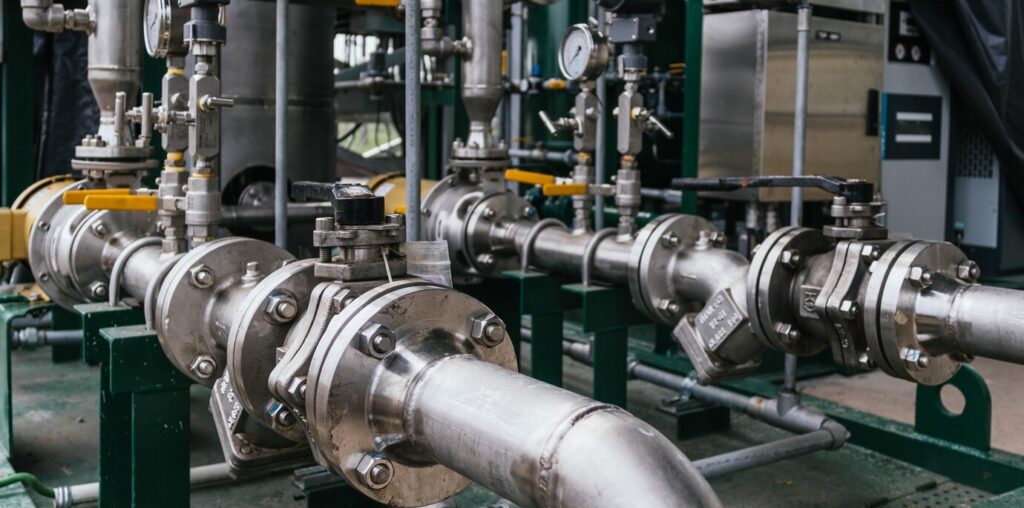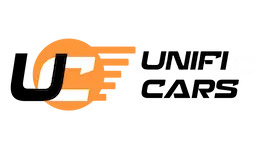When working with pressurized systems in industries like oil and gas, chemical processing, power generation, and manufacturing, understanding the nuances between safety relief valves and pressure relief valves can be critical to ensuring operational safety and efficiency. Among the many manufacturers in this field, Kunkle Valves stands out as a trusted name synonymous with reliability and quality. But how do Kunkle Safety Relief Valves fit into the broader category of pressure relief technology, and what sets them apart?
In this comprehensive guide, we’ll break down the differences between Kunkle Safety Relief Valves and generic pressure relief valves, explore their specific functions, and help you determine the right option for your application.
What Is a Pressure Relief Valve?
A pressure relief valve (PRV) is a type of valve used to control or limit the pressure in a system. When the pressure in a system exceeds a preset limit, the valve opens to allow pressurized fluid (liquid or gas) to escape, thereby relieving pressure and preventing equipment failure or safety hazards.
Key characteristics of pressure relief valves:
- Operate automatically
- Protect equipment and piping from overpressure
- Used in both gas and liquid systems
- Common in chemical, petrochemical, and hydraulic systems
PRVs are governed by codes such as ASME Section VIII for pressure vessels and API standards.
What Is a Safety Relief Valve?
A safety relief valve (SRV) is a more specific type of pressure relief valve, typically used in gas service (including steam and air). SRVs are designed to open rapidly, often with a “pop action” when the set pressure is reached, and then reseat once the pressure drops below a certain level (blowdown).
Key characteristics of safety relief valves:
- Designed for compressible fluids (air, steam, gas)
- Pop-type opening for quick relief
- Commonly spring-loaded
- Often used in boilers and pressure vessels
- Must comply with ASME Section I or Section VIII, depending on the application
So, while all safety relief valves are pressure relief valves, not all pressure relief valves are safety relief valves.
Kunkle Valves: A Trusted Brand in Pressure Protection
Kunkle Valves, a part of Emerson’s valve solutions, has been manufacturing pressure relief devices for over 80 years. The brand has a reputation for providing valves that meet stringent industry codes and regulations, such as:
- ASME Boiler and Pressure Vessel Code (BPVC)
- National Board Certifications
- CE (PED) compliance for European markets
Kunkle manufactures a wide variety of relief valves, including:
- Safety valves for steam, air, and gas
- Relief valves for liquid systems
- Vacuum relief valves
- Sanitary pressure relief valves for food, beverage, and pharmaceutical applications
Key Differences Between Kunkle Safety Relief Valves and Standard PRVs
| Feature | Kunkle Safety Relief Valve | Standard Pressure Relief Valve |
|---|---|---|
| Media | Steam, air, gas (compressible fluids) | Liquids and gases |
| Response | Instant pop-action | Gradual lift or modulated response |
| Design | Spring-loaded with rapid lift | Can be spring or pilot operated |
| Common Applications | Boilers, compressed air systems, steam systems | Chemical processing, hydraulic systems |
| Code Compliance | ASME Section I or VIII, NB, PED | API, ASME, or custom |
| Blowdown Setting | Defined and controlled | May vary |
Applications and Use Cases
Kunkle Safety Relief Valves
- Steam Boilers: Provides overpressure protection to prevent boiler explosions.
- Compressed Air Systems: Ensures that compressor tanks and air distribution systems stay within safe operating limits.
- Industrial Heating Systems: Protects against pressure spikes in closed-loop heating systems.
- Power Generation: Essential in turbines and boiler systems.
Pressure Relief Valves
- Hydraulic Systems: Maintains safe operating pressure in closed liquid systems.
- Chemical Processing: Prevents overpressure in reactors, pipelines, and storage tanks.
- Oil & Gas Production: Used in upstream and downstream operations to prevent blowouts and equipment damage.
- Food & Beverage: Maintains hygiene and pressure integrity in processing equipment.
Compliance and Certification Differences
One area where Kunkle Safety Relief Valves often outshine generic PRVs is in certification and compliance. Many Kunkle valves are pre-certified to meet specific industrial standards, which reduces engineering and validation time on the customer end.
Key certifications offered by Kunkle:
- ASME Section I (for power boilers)
- ASME Section VIII (for pressure vessels)
- National Board (NB) stamping
- CE/PED for use in Europe
- CRN (Canada)
Installation Considerations
Choosing between a safety relief valve and a pressure relief valve can also depend on installation parameters:
- Mounting Orientation: Many Kunkle valves are designed for vertical mounting.
- Set Pressure: Kunkle valves are customizable to a wide range of set pressures.
- Inlet/Outlet Size: Valve sizing is critical to match system flow requirements.
- Material Compatibility: Kunkle offers materials like brass, stainless steel, and bronze to suit different media.
Maintenance and Inspection
Proper maintenance is critical for both Kunkle Safety Relief Valves and standard PRVs. Key maintenance tasks include:
- Regular testing (hydrostatic and pneumatic tests)
- Visual inspections for corrosion or leakage
- Recalibration to ensure set pressure accuracy
Kunkle provides detailed manuals and inspection protocols, making it easier for plant operators to maintain valve performance.
Selecting the Right Valve: Factors to Consider
- Type of Media: Is the fluid compressible (gas/steam) or incompressible (liquid)?
- Required Certifications: Do you need ASME, NB, or PED approval?
- Response Time: Do you need rapid relief (pop-action) or modulated control?
- System Pressure Range: What are the minimum and maximum system pressures?
- Application Environment: Is corrosion a concern? Is the installation vertical or horizontal?
Conclusion: When to Choose Kunkle Safety Relief Valves
In summary, while both safety relief valves and pressure relief valves serve the same fundamental purpose—to protect equipment and personnel from overpressure conditions—the nuances between them are significant, especially when dealing with specific applications.
Choose Kunkle Safety Relief Valves when:
- You require precise, rapid pressure release for gases or steam
- You need to meet stringent industry certifications
- You are working with high-risk environments like boilers or compressed air systems
Use standard PRVs when:
- Your application involves liquids
- Modulated or gradual pressure release is preferred
- Certification requirements are less demanding
Kunkle’s extensive range, proven reliability, and compliance with industry codes make them an ideal choice for high-stakes, high-performance applications. Whether you’re managing a steam plant or a manufacturing facility, understanding these distinctions ensures your system remains safe, compliant, and efficient.



